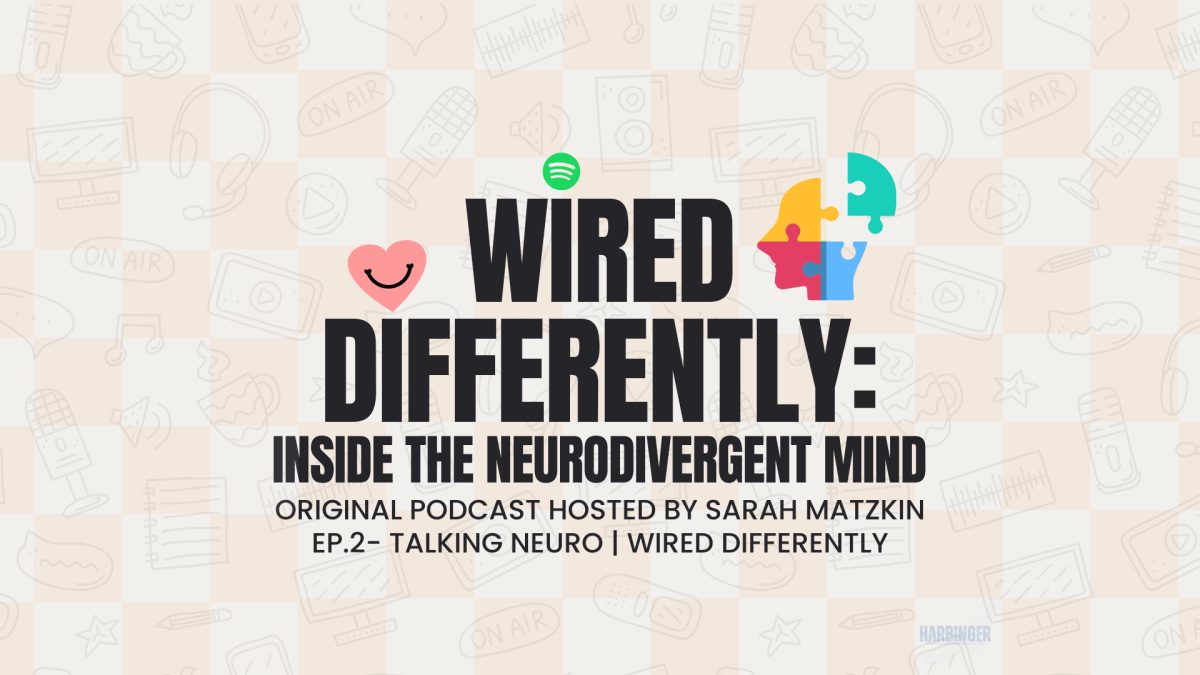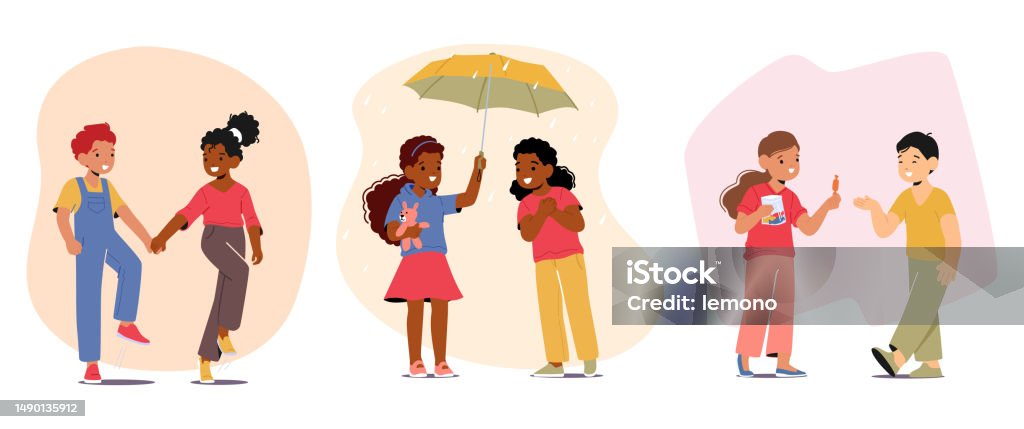I stood on the football field at my high school’s College Decision Day, forcing a fake smile as friends happily took pictures with their university sweatshirts embroidered with big block letters. Behind the smile, I dreaded the question I had heard all summer, “So, where are you going to college?”

I carefully avoided the question when talking to family and friends. They only cared if I answered with a big-name school. When I told them I’d be attending community college, their response was often a lukewarm “Oh, that’s nice,” before they quickly changed the subject.
This made me self-conscious about my decision. I feared people would think I was less successful than my friends who were going off to attend a four-year university. The pressure from friends and family often makes community college seem “trashy” or “the last option” for higher education.
It was frustrating to think about staying home for community college because all my friends would talk about was how prestigious their school was. No one was interested in hearing that I would not have the “typical” college experience.
Contrary to popular belief, community colleges often provide a more supportive and engaging environment than large universities.
Bradley Griffith, a Doctor of Education graduate from the University of Arkansas at Little Rock, explained that many students feel pressured to attend a four-year university because they think community college is beneath them or isn’t a “real” college.
“A lot of students believe they are too good for community college, or they could never attend there because their parents expect better or their peers will make fun of them,” Griffith said.
Parents, teachers, older siblings, and counselors must promote two-year colleges as a real choice. This would help students feel more comfortable going to a two-year school– not because it’s “the last resort” but because they get many benefits out of it.
While community college students might not experience the traditional college lifestyle of dorms, parties, and football games, they gain something just as valuable—closer connections with professors, peers, and practical benefits.
One misconception about community college is the social aspect. Many people believe that community college is isolating and students go to class and go home. This is not the case and needs to be debunked.
Community colleges offer clubs, athletics, and events for students to get involved. There are always activities held specifically for students to make friends and community colleges focus on the social aspect heavily.
Many students have close friends on campus to hang out with and confide in. Since community colleges tend to have a smaller population, friendships are more tight-knit and meaningful.
The majority of community college classes have 30-35 students in a class, while four-year colleges often have more than 100 students in a lecture hall. Not only does the smaller class size help with engagement, but community college is also very affordable compared to most four-year institutions.

The average community college tuition can range from $7,000 to $17,000 for two years. Compare that to the average four-year college tuition of $27,000 to $45,700 per year.
Despite the benefits and expanding support of the two-year college option in recent years, a great stigma still exists. People need to become aware of community college as a legitimate and stable option and should not see it as a last resort.
Griffith believes that there are ways for community colleges to grow in popularity for interested students. One of those ways is for community colleges to build relationships with local students at an early age. This solution increases familiarity with a community college setting and allows students to get a feel for what they want in a college early in life.
Many high school students do not know much about community colleges, and that’s not their fault. Four-year universities dominate the conversation, leaving community colleges under-advertised. Society often assumes no one would want to attend a community college unless they had no other choice.
If there were events for community colleges to market themselves, students like me who were reluctant about considering community college would feel more confident in their decision. Students would see that they are still attending college and gaining knowledge that will help them be successful in the future.
While it has taken me a long time to realize, I now realize that community college is a high-quality choice and should be respected as such. As a society, we need to take a deeper look into what college means. It’s a chance at higher education and that holds more meaning than any name on a sweatshirt can ever do.








